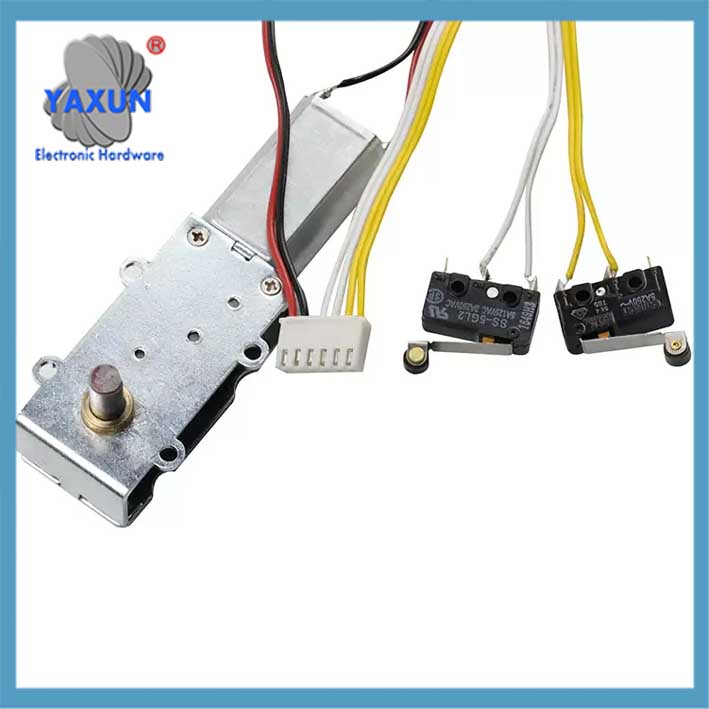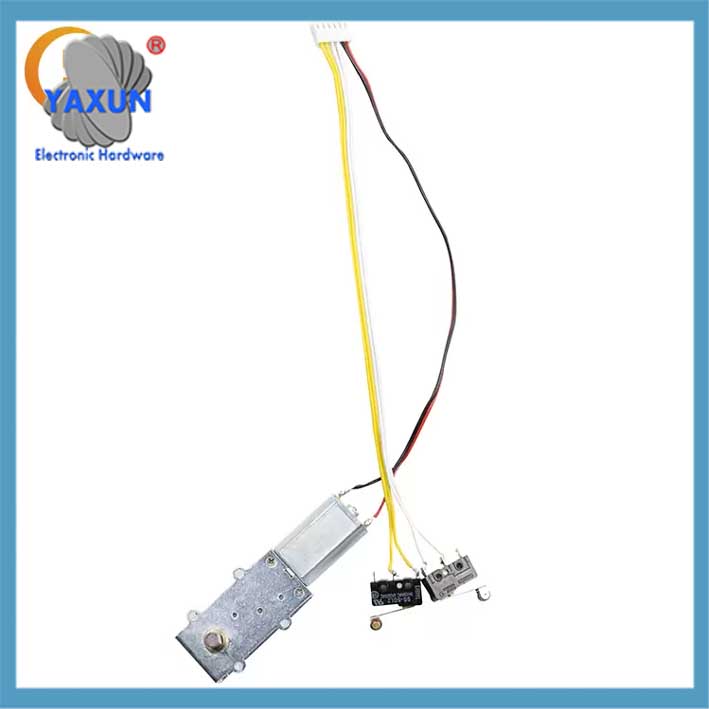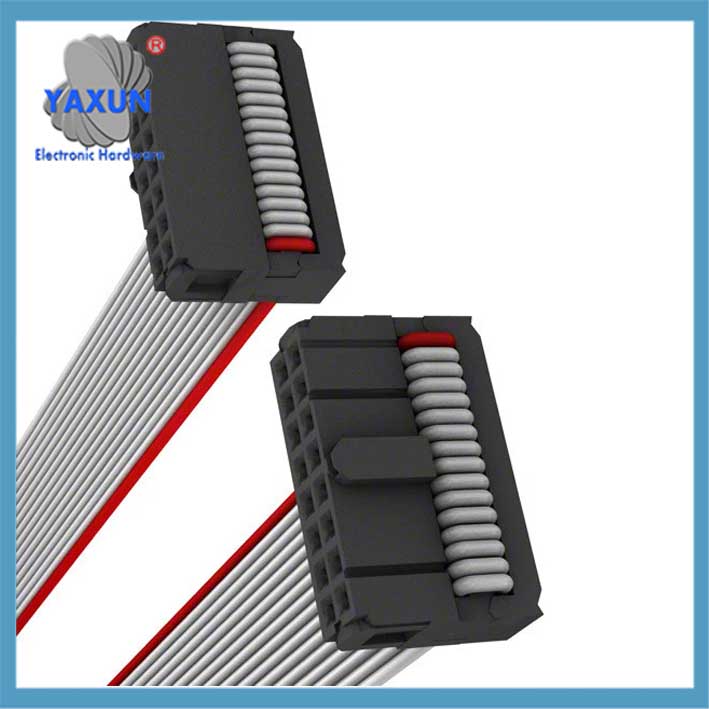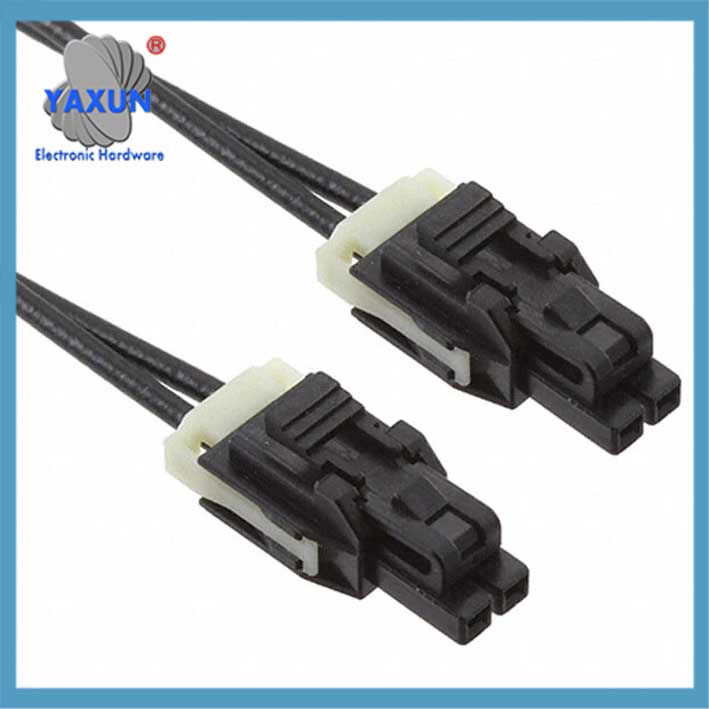catégories de produits
- Câbles USB4 11
- Câbles à broches POGO 10
- Câbles étanches 28
- Câbles de type C et adaptateur 40
- Câbles USB5 9
- Câbles de verrouillage à vis USB 26
- Connecteurs et câbles 18
- Faisceau de câbles personnalisé 33
- Moyeux 47
- Fournisseurs de commutateurs électroniques 5
- Câbles coudés USB 27
- Antenne terminale 9
- Câbles médicaux 37
Mots clés du produit
Messages récents
Fertuage de câblage Conception fonctionnelle et fabrication
La fabrication de harnais de servo implique la création de paquets de fil spécialisés pour le positionnement et le mouvement de précision, principalement dans l'automatisation industrielle. Ces harnais, Souvent utilisé avec des servomoteurs, Fournir des connexions électriques contrôlées pour les actionneurs, Assurer des actions précises et reproductibles. En fabrication, Les harnais de servo sont assemblés par coupe, décapage, raccourcissement, soudure, et les fils de routage, Souvent avec un équipement automatisé pour améliorer l'efficacité et la qualité.
La fabrication de harnais de servo implique la création de paquets de fil spécialisés pour le positionnement et le mouvement de précision, principalement dans l'automatisation industrielle. Ces harnais, Souvent utilisé avec des servomoteurs, Fournir des connexions électriques contrôlées pour les actionneurs, Assurer des actions précises et reproductibles. En fabrication, Les harnais de servo sont assemblés par coupe, décapage, raccourcissement, soudure, et les fils de routage, Souvent avec un équipement automatisé pour améliorer l'efficacité et la qualité.
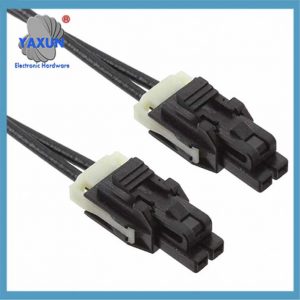 Ensemble de câbles rectangulaires 2 Socket to Socket 0.984′ (300.00mm, 11.81″) |
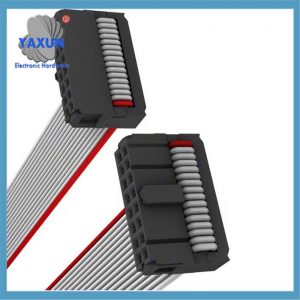 Ensemble de câbles rectangulaires 16 Socket to Socket 0.500′ (152.40mm, 6.00″ ) |
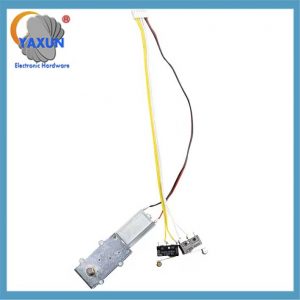 Ensemble de faisceau de fil servo avec composants de connecteur multiplex |
The functional design and manufacturing of servo harnesses are the core links to ensure the stable operation of industrial automation equipment. Its technical requirements cover multi-dimensional indicators such as electrical performance, mechanical strength and environmental adaptability. The following is an analysis of key points:
je. Key points of functional design
Signal and power transmission architecture:
Use multi-strand tinned copper wire conductors to improve the conductivity efficiency, and ensure that the wire diameter and cross-sectional area match the power requirements of the equipment;
Optimize high-frequency signal transmission through twisted pair or coaxial structure to reduce signal delay and distortion.
Anti-interference structure design:
Built-in metal braided layer or aluminum foil shielding layer to suppress the impact of electromagnetic interference (EMI) on signal transmission;
Differential signal transmission technology enhances common mode noise suppression capability and is suitable for precision control systems.
Design and Planning:
Wire lengths, connector types, and routing paths are determined based on the application requirements.
Material Preparation:
Wires are cut and stripped to the correct lengths and insulation layers are removed.
Termination:
Terminals or connectors are attached to the wire ends using methods like crimping or soldering.
Harness Assembly:
Wires are bundled and routed according to the design, often using automated systems for tasks like cutting, décapage, and routing.
Quality Control:
Harnesses are tested to ensure proper connections and functionality, with automated testing systems improving consistency.
Personnalisation:
Wire harnesses can be tailored to specific applications, with variations in wire gauge, insulation, and connector types.
Functional Applications:
Servo harnesses are used in a wide range of applications where precise control and repeatability are crucial, y compris:
Automatisation industrielle:
Used to control robots, automated assembly lines, and other machinery.
Robotics:
Provide power and control signals to robotic arms and other robotic components.
Automotive:
Used in vehicles for controlling actuators like brakes, steering, and other systems.
Aerospace:
Used in aircraft control systems and other applications requiring precise movement.
Other Applications:
Found in medical devices, CNC machines, and other applications requiring controlled movement.
Key Features and Benefits:
Precision and Accuracy: Servo harnesses enable precise control of actuators, ensuring accurate positioning and movement.
Reliability: Used in demanding applications where reliability is critical.
Efficacité: Automated manufacturing processes and specialized equipment improve efficiency and reduce production costs.
Personnalisation: Can be tailored to meet specific application requirements.
Space Optimization: Efficient routing of wires and cables within the harness allows for optimal use of available space.
Dynamic mechanical performance adaptation:
Highly flexible sheath materials (such as TPU/PUR) achieve more than 10 million drag chain cycle life, suitable for high-frequency motion scenarios such as robot joints;
Multi-layer twisted conductor structure improves bending fatigue resistance, and the bending radius can reach 6 fois le diamètre du fil.
III. Manufacturing process flow
Raw material control:
Conductors are made of oxygen-free copper (OFC) to ensure conductivity ≥ 98%, and the sheath material has passed the VW-1 flame retardant certification;
The terminal plating adopts a gold/silver composite process, and the contact resistance is ≤ 5mΩ.
Precision processing links:
The CNC wire cutting accuracy is controlled within ±0.5mm, and the laser wire stripping avoids damage to the conductor cross section;
The pressure range of the pneumatic crimping equipment is 20-50N·m, and the crimping height tolerance is ±0.03mm.
Quality verification system:
Execute IEC 60332-1 vertical combustion test, IP67 protection level verification and 10G vibration test;
100% online conduction test, insulation resistance ≥ 100MΩ/km (500VDC).
III. Special scenario solutions
New energy application:
The 600V withstand voltage design is combined with double-layer silicone insulation to adapt to the high current working conditions of electric vehicles. High-precision equipment integration:
Miniaturized connectors (M8/M12) integrate power + signal composite transmission, saving 70% of installation space;
Development trends in this field include: conductor nano-coating technology to improve wear resistance, optical fiber composite transmission structure to enhance bandwidth, AI-driven intelligent detection system to reduce defective rate, etc..
Contactez-nous
En attente de votre email, nous vous répondrons dans les 12 heures avec des informations précieuses dont vous aviez besoin.
 English
English العربية
العربية bosanski jezik
bosanski jezik Български
Български Català
Català 粤语
粤语 中文(漢字)
中文(漢字) Hrvatski
Hrvatski Čeština
Čeština Dansk
Dansk Nederlands
Nederlands Eesti keel
Eesti keel Suomi
Suomi Français
Français Deutsch
Deutsch Ελληνικά
Ελληνικά עברית
עברית Magyar
Magyar Italiano
Italiano 日本語
日本語 한국어
한국어 Latviešu valoda
Latviešu valoda Bahasa Melayu
Bahasa Melayu Norsk
Norsk پارسی
پارسی Polski
Polski Português
Português Română
Română Русский
Русский Cрпски језик
Cрпски језик Slovenčina
Slovenčina Slovenščina
Slovenščina Español
Español Svenska
Svenska தமிழ்
தமிழ் ภาษาไทย
ภาษาไทย Tiếng Việt
Tiếng Việt
